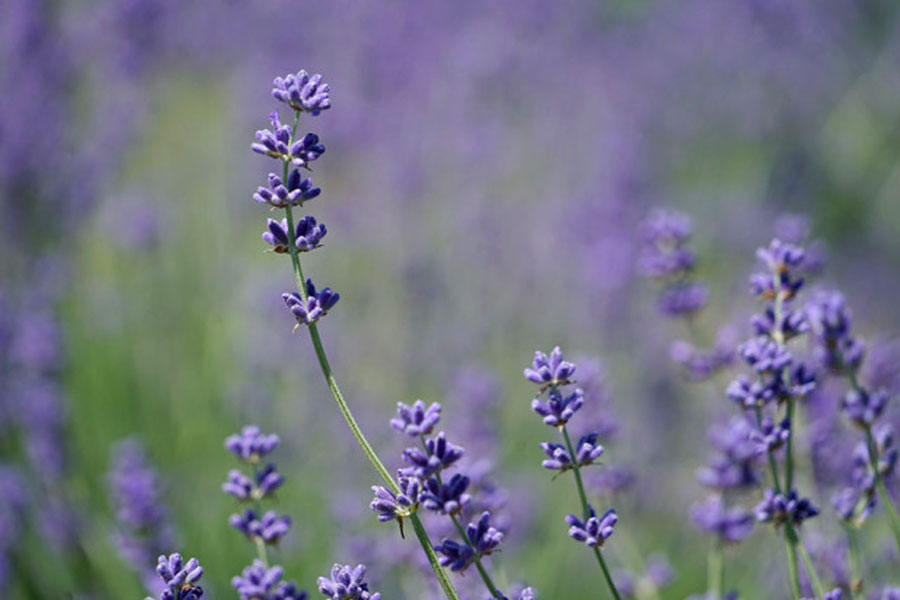ERIN – Lavender is a Mediterranean mountain desert plant. So how can we grow it in Ontario?
It is important to choose the right cultivars that are hardy for Ontario winters. That list would include Melissa, Royal Velvet, Folgate, Munstead, Hidcote, and Super Blue for the English/True lavenders (Lavendula Angustifolia).
For Lavandins/French lavender (Lavendula x intermedia), that list only includes Phenomenal and Grosso.
If you buy any other cultivar besides these, they will likely not survive our winters.
Lavender likes hot sunny locations and sandy loam soil. Lavender does not grow in clay!
Once established, it does not require much water, so do not plant it beside something that needs lots of water.
The first summer of planting you need to remove all of the bloom stems before they bloom. This will allow the plant to put its effort into rooting rather than producing flowers and seeds, thus giving the plant a much better chance of survival through the winter.
You also need to prune your lavender two inches above the wood every year by Labour Day weekend. This will stimulate the secondary buds, setting all new growth in September and give you a much fuller plant in the spring.
If you do not prune it, it will become leggy and unattractive within two or three years.
English lavender can be used for culinary purposes such as in baking or making a syrup for cocktails. Never use the French cultivars for eating. The camphor is much too strong and will taste soapy.
If you want to collect the buds for culinary use or for craft projects such as sachets, be sure to harvest the bud stems before they produce flowers. You don’t want spent flower petals in your tea or sachet.
It is interesting to note that ‘bud’ is an incorrect term.
While most buds open up and become the flower, lavender does not.
What you see is actually a ‘calyx’ which is a hard casing. Inside is the developing flower which extrudes out the end of the calyx, blooms and falls away.
The calyx is left behind and that is what is harvested for essential oil.
Tiny hairs and oil glands on the outside of the calyx protect the developing seeds from being eaten. Animals don’t like camphor and therefore lavender can help deter unwelcome garden visitors.
Because French lavandins are a cross between Spanish (Stoechus) lavender and True (Angustifolia) lavender, the seeds are sterile. All lavandins must be grown from cuttings of the mother plant and are clones.
True/English (Angustifolia) lavender can be grown by seed but if you have more than one type of cultivar in your garden, they can cross pollinate and the seeds will produce plants that are not true to the mother plant.
They may have different colours or, more importantly, not be winter hardy. Buying a lavender plant from a trusted source is important.
If you have questions about growing lavender, you can reach out to the author at info@stonewellfarm.ca.
Written by Lee Anne Downey, owner of Stonewell Lavender Farm located in Erin, past president of the Ontario Lavender Association, and a Guelph-Wellington Master Gardener.




